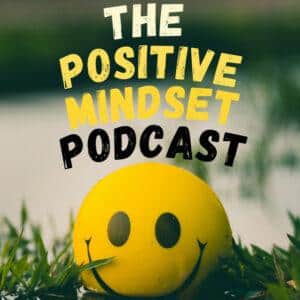Intro
In this episode of “Stuff You Should Know,” the hosts delve into the fascinating world of toy testing. They explore the history of toys, the importance of toy safety, and how parents can navigate the world of toy testing for their children. From dangerous toys of the past to the lucrative industry of toy review videos, this episode covers it all.
Main Takeaways
Toy Testing and Safety
- Toy testing can be a kid’s dream job, but navigating child labor laws can be a nightmare for parents.
- Product testing can pay between $50 to a couple hundred dollars.
- There are different types of toy testing, including market research and safety testing.
- Toy safety standards are set by organizations like the EU and ASTM to protect children from harm.
- Toys are tested with standardized force and pressure to ensure they are safe for kids to play with.
- Despite safety measures, children can still come up with creative and dangerous ways to play with toys.
The History of Toys
- Toys have been around for thousands of years, with the first legit toys being developed in the 18th century.
- The idea of childhood being a time for play and learning is a relatively new concept, with roots in the Enlightenment.
- Industrialization allowed for mass production of toys, creating a consumer culture in America.
- Toys in the past were highly likely to injure or kill children, with 700,000 toy injuries reported in 1968 alone.
- Toy testers and federal safety standards implemented in 1969 led to a much safer toy industry.
The Dark Side of Toys
- The National Commission on Product Safety recommended banning toys such as the Empire Little Lady stove, which reached temperatures of 316 degrees Celsius.
- Slingshots are dangerous, and some on the market today can shoot musket balls through plywood.
- The Zulu Blowgun was a racist and dangerous toy that caused choking incidents.
- Congress passed the Flammable Fabric Act after many flash fire deaths among children wearing rayon pajamas.
- In the mid-90s, Congress allowed a loophole where snug-fitting pajamas didn’t need flame retardant chemicals.
The Rise of Toy Review Videos
- Parents can submit their child’s name for toy testing jobs, but it’s not a guaranteed opportunity.
- Old school way: email companies directly and send a resume or a video of your kid playing with a toy.
- New way: use social media, mommy blogs, or start a YouTube channel where kids test toys.
- Toy unboxing and review videos are a lucrative industry, with some creators earning millions of dollars per year.
- The appeal of toy review videos may not be universal, but for those who enjoy them, they provide a unique and entertaining form of content.
Summary
The Importance of Toy Safety
Toy testing plays a crucial role in ensuring the safety of children’s toys. Organizations like the EU and ASTM set standards to protect children from harm. Toys are tested with standardized force and pressure to ensure they meet safety requirements. However, even with these safety measures, children can still find creative and dangerous ways to play with toys.
The Evolution of Toys and Toy Testing
The concept of childhood as a time for play and learning is relatively new, originating from the Enlightenment. Industrialization allowed for mass production of toys, creating a consumer culture. In the past, toys were often dangerous, leading to numerous injuries and deaths. Toy testers and federal safety standards implemented in 1969 greatly improved toy safety.
The Dark Side of Toys
Throughout history, there have been dangerous toys that posed serious risks to children. The Empire Little Lady stove reached dangerously high temperatures, while slingshots and the Zulu Blowgun caused injuries. Congress passed the Flammable Fabric Act to address fire-related deaths among children wearing rayon pajamas. However, a loophole allowed snug-fitting pajamas to forgo flame retardant chemicals.
The Rise of Toy Review Videos
Parents can now explore opportunities for their children to become toy testers through various channels. The traditional method involves directly contacting companies with resumes or videos of their children playing with toys. Alternatively, social media, mommy blogs, and YouTube channels provide platforms for kids to test toys and gain a following. Toy review videos have become a lucrative industry, providing unique and entertaining content for those who enjoy them.
Conclusion
Toy testing is a crucial process in ensuring the safety of children’s toys. Over the years, toy safety standards have improved, leading to a safer toy industry. However, there have been instances of dangerous toys that posed risks to children. The rise of toy review videos has provided new opportunities for children to become involved in toy testing. These videos offer a unique and entertaining form of content for those interested in the world of toys.
